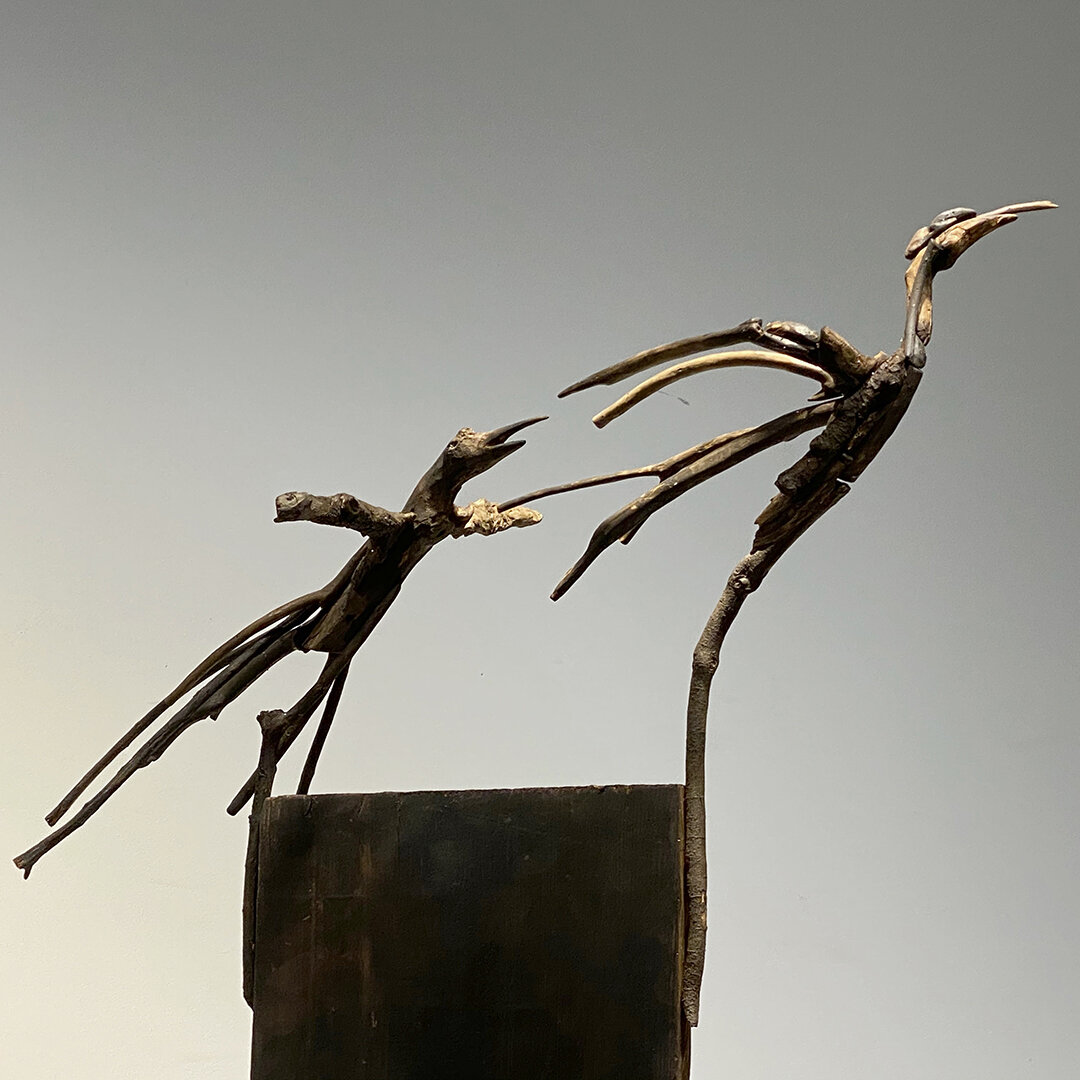
Angry Birds
“Huia: A Story of Extinction” is exhibited in Women Eco Arts Dialog: The Legacy of Jo Hanson at YoloArts, The Barn Gallery, 512 Gibson Road, Woodland, CA from March 12 to June 18, 2020.

"Feat to Fire" at the Sanchez Art Center
Brink is exhibited in “Feat to Fire: 100 Years of Women’s Suffrage” at Sanchez Art Center in Pacifica, CA from January 10 to February 9, 2020. Please join me for the opening reception on January 10 from 7 to 9 PM.

The Unexploded Ordnance Bin
I recently created the cover for The Unexploded Ordnance Bin, Rebecca Foust’s new book of poetry chronicling significant challenges facing young people today. I chose to use scratch art, a technique often associated with children, first laying down brightly colored shapes with crayons and then applying a coat of black tempera paint.
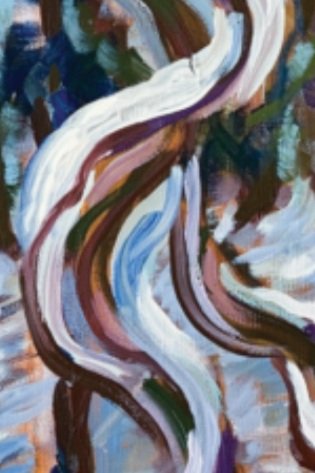
"Winter White" at O'Hanlon Center for the Arts
I had the pleasure of jurying “Winter White,” an exhibition at the O’Hanlon Center for the Arts in Mill Valley. The entries were first-rate and plentiful and the exhibition space is lovely. The Center offers studio space, workshops and more. I was impressed.


"The Marriage of Art and Text" at Mill Valley Library on October 21 at 7PM
Please join us at ”The Marriage of Art and Text: Combining the Written Word and Visual Images.” Rebecca Foust and I will address the question, "How do artists and authors join forces to create a compelling statement?”

Huia acquired by the Fine Arts Museums of San Francisco
I’m pleased to share that Huia, my 2006 altered book created with artists Andree Singer Thompson, Henry Corning and Composer David Hindley, has been acquired by the Fine Arts Museum of San Francisco. Thanks to Richard Lang and Steve Woodall for their support.
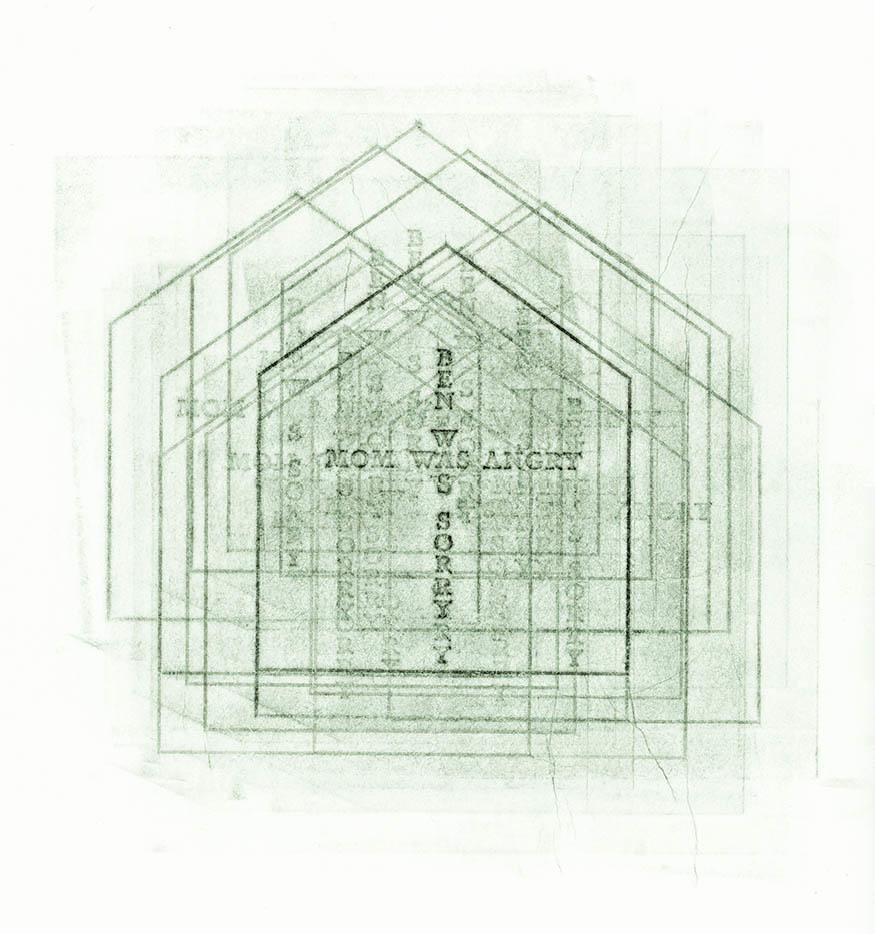

Thanks to WEAD for showing my Clay Pigeon Passenger Pigeons at Bioneers
Once the most abundant bird in the world, the last passenger pigeon died in 1914. Considered cheap meat, the birds were zealously hunted throughout their native North America. To tell this story, I collected clay pigeon shards from the Santa Clara Field Sports Park Shooting Range and configured them into bird-like forms.

Bound to Please
I’m grateful to Dorota Brzozowska, Professor at Opole University, Poland, for including my work Bound to Please #35 in Chinskie Slady, her book about Chinese traces in Polish culture.

Nostos Review
Thanks to Bethany Marcel for her review of Nostos. Her comments about my work: "I also enjoyed the visual art by Lorna Stevens, paintings that “reflect experiences of a journey home…..derive[d] from aerial photographs of the United States-Mexico border.”



Reflections on Writing About Art
Ostrich Feather Wedding Dress Project work clockwise from top left: Tom Van Houten, Cait Molloy, Judith Selby Lang, Marcela Pardo Ariza, Ray Beldner, Katherine Vetne, Evie Leder, Hadar Kleinman.
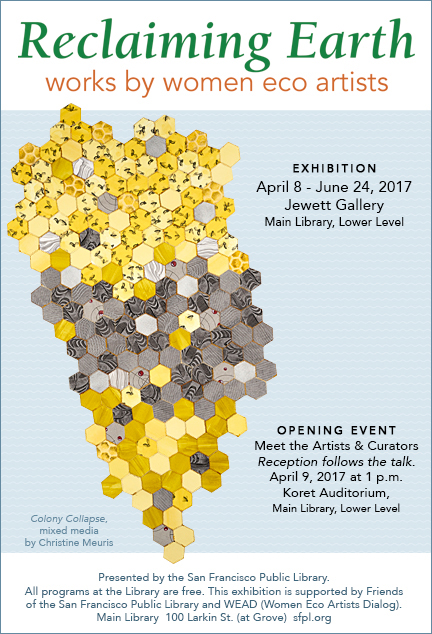
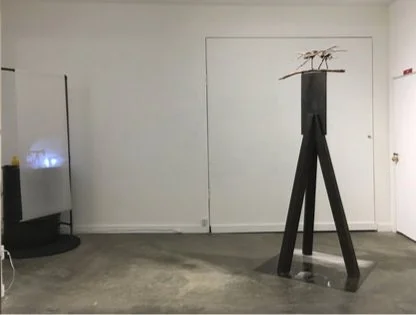
Common Dilemmas at Gallery Route One
I'm pleased to present works in collaboration with Joanne Easton combining natural and man-made materials in “Common Dilemmas,” a “With the Earth” exhibition at Gallery Route One in Point Reyes, California.
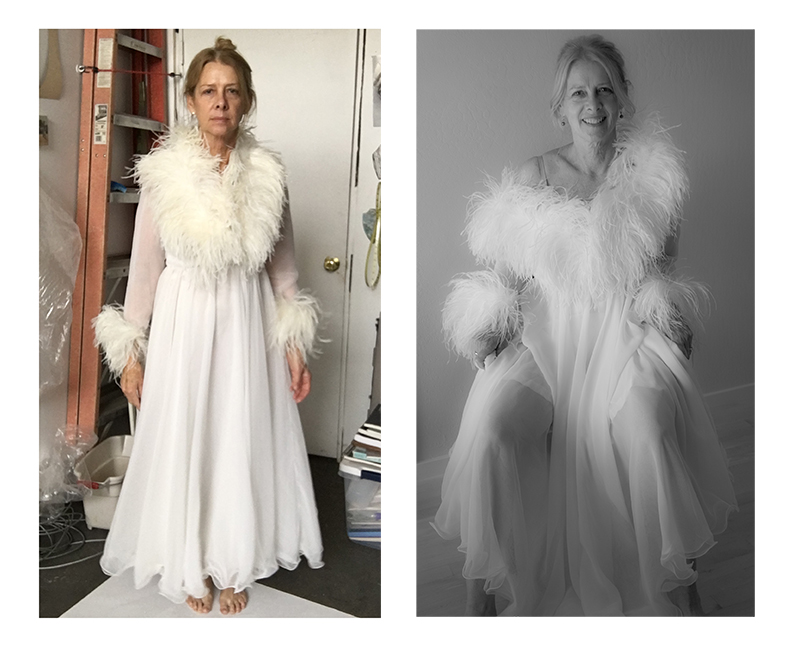

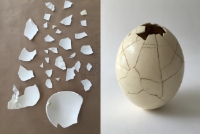

Rite of Passage
I become acquainted with artist Minoosh Zomorrodinia through our work together on the WEAD (Women Eco-Artists Directory) board of directors and am honored to be included in “Rite of Passage,” a show she curated with Arash Shirin.